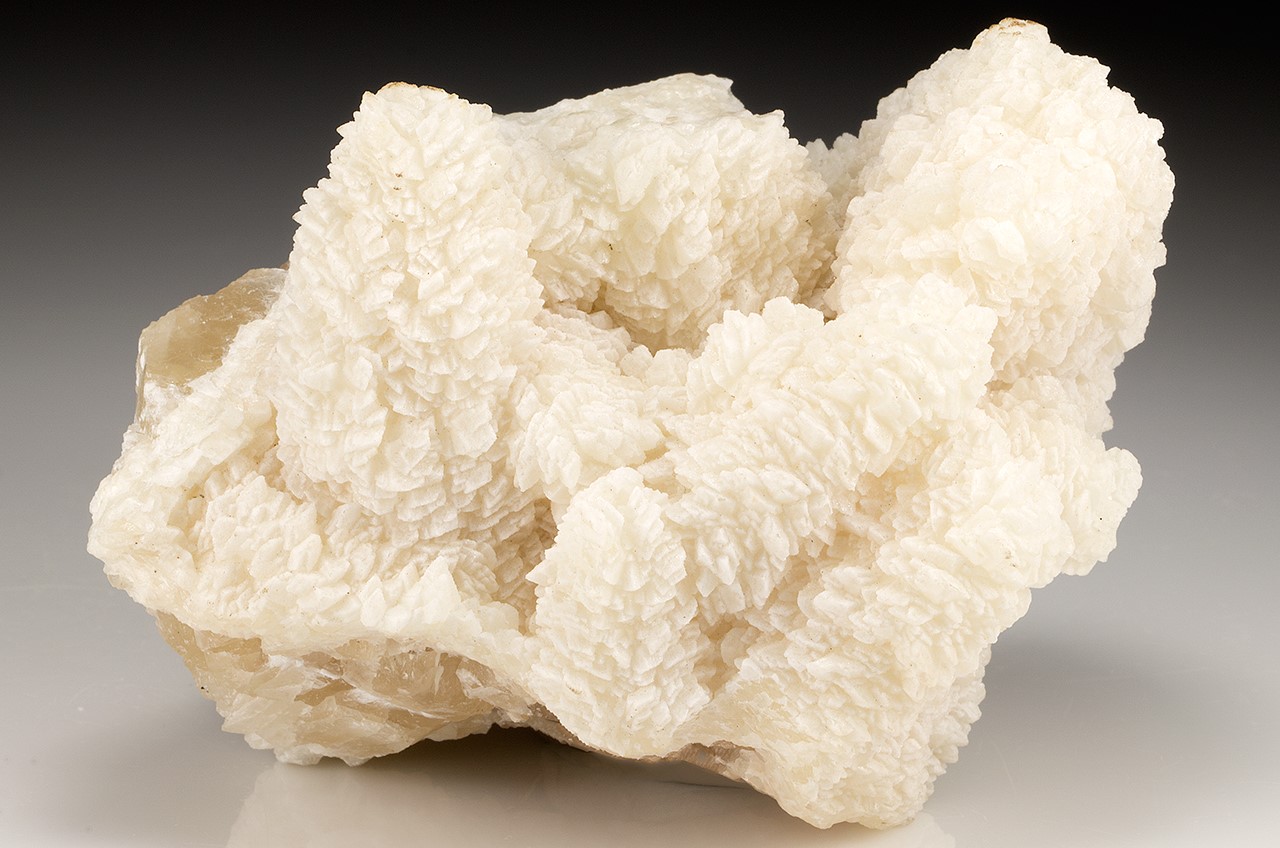
Benstonite is a rare carbonate mineral that often flies under the radar. Found primarily in the United States, this mineral boasts a unique composition of barium, calcium, and manganese. Its crystal structure can captivate anyone interested in geology or mineralogy. Benstonite typically forms in hydrothermal veins, making it a fascinating subject for those who study Earth's geological processes. Its colors range from white to pale yellow, adding to its visual appeal. Whether you're a seasoned rock hound or a curious student, learning about Benstonite can offer a glimpse into the complex and beautiful world of minerals. Ready to dive into some intriguing facts about this lesser-known gem? Let's get started!
Key Takeaways:
- Benstonite is a rare and fascinating mineral named after geologist Orlando J. Benston. It forms in hydrothermal veins and is prized for its unique crystal structure and geological significance.
- This mineral, found in only a few locations worldwide, is highly valued by collectors and researchers. Its properties make it a subject of interest in mineralogical research and a potential indicator for locating other valuable minerals.
What is Benstonite?
Benstonite is a rare carbonate mineral that has intrigued geologists and mineral enthusiasts alike. It was first discovered in the early 20th century and has since been a subject of study due to its unique properties and formation. Here are some fascinating facts about this mineral.
-
Benstonite is named after geologist Orlando J. Benston, who first identified the mineral in 1937.
-
The mineral's chemical formula is Ba6Ca6Mg(CO3)13, indicating it contains barium, calcium, and magnesium.
-
Benstonite typically forms in hydrothermal veins, which are fractures in rocks filled with mineral-rich water.
-
This mineral is often found in association with other carbonates like calcite and dolomite.
-
Benstonite crystals are usually small, often less than a centimeter in size.
-
The mineral is known for its hexagonal crystal system, which means its crystals form in a six-sided shape.
-
Benstonite has a Mohs hardness of 4, making it relatively soft compared to other minerals.
-
The mineral exhibits a vitreous to pearly luster, giving it a shiny appearance.
-
Benstonite is typically colorless or white, but can sometimes appear in shades of pale yellow or pink.
-
It has a specific gravity of about 3.7, which is higher than many other carbonate minerals.
Where is Benstonite Found?
Benstonite is not a common mineral and is found in only a few locations around the world. Its rarity makes it a prized specimen for collectors.
-
The first discovery of Benstonite was in the Cave-in-Rock district of Illinois, USA.
-
Significant deposits have also been found in the Elmwood Mine in Tennessee, USA.
-
Benstonite has been identified in the Kalahari Manganese Field in South Africa.
-
Small amounts of the mineral have been found in China and Russia.
-
Benstonite is often found in fluorite and sphalerite mines, where hydrothermal activity is common.
-
The mineral is usually extracted as a byproduct of mining for other minerals.
Uses and Applications of Benstonite
While not widely used in industrial applications, Benstonite has some niche uses and is highly valued by collectors.
-
Benstonite is primarily collected for its rarity and unique crystal structure.
-
Some researchers study Benstonite to understand the geological processes that form hydrothermal veins.
-
The mineral's unique properties make it a subject of interest in mineralogical research.
-
Benstonite specimens are often displayed in museums and private collections.
-
The mineral can sometimes be used as a geological indicator to locate other valuable minerals.
Physical and Chemical Properties of Benstonite
Understanding the physical and chemical properties of Benstonite can provide insights into its formation and potential uses.
-
Benstonite has a trigonal crystal system, which is a subset of the hexagonal system.
-
The mineral's refractive index ranges from 1.55 to 1.60, affecting how light passes through it.
-
Benstonite is soluble in hydrochloric acid, which can help in identifying it in the field.
-
The mineral often forms botryoidal or globular aggregates, resembling a bunch of grapes.
-
Benstonite can fluoresce under ultraviolet light, usually showing a pale blue or white color.
Interesting Facts About Benstonite
Here are some more intriguing tidbits about this fascinating mineral.
-
Benstonite is often mistaken for other carbonate minerals due to its similar appearance.
-
The mineral's name was officially approved by the International Mineralogical Association in 1962.
-
Benstonite is considered a secondary mineral, meaning it forms from the alteration of primary minerals.
-
Collectors often seek Benstonite specimens with well-formed crystals, which are rare and highly valued.
Benstonite's Unique Characteristics
Benstonite, a rare carbonate mineral, stands out due to its unique composition and crystal structure. Found primarily in the Benston Formation in Montana, this mineral contains a mix of barium, calcium, and manganese. Its distinctive hexagonal crystals and pearly luster make it a favorite among mineral collectors.
Beyond its aesthetic appeal, benstonite's formation process offers insights into geological conditions. It forms in low-temperature hydrothermal veins, often alongside other rare minerals. This makes it a valuable specimen for studying mineralogical processes.
While not widely known, benstonite's rarity and unique properties make it a fascinating subject for both amateur and professional geologists. Whether you're a collector or just curious about Earth's hidden treasures, benstonite is a mineral worth exploring. Its story adds another layer to our understanding of the planet's complex and diverse geological history.
Frequently Asked Questions
Was this page helpful?
Our commitment to delivering trustworthy and engaging content is at the heart of what we do. Each fact on our site is contributed by real users like you, bringing a wealth of diverse insights and information. To ensure the highest standards of accuracy and reliability, our dedicated editors meticulously review each submission. This process guarantees that the facts we share are not only fascinating but also credible. Trust in our commitment to quality and authenticity as you explore and learn with us.


